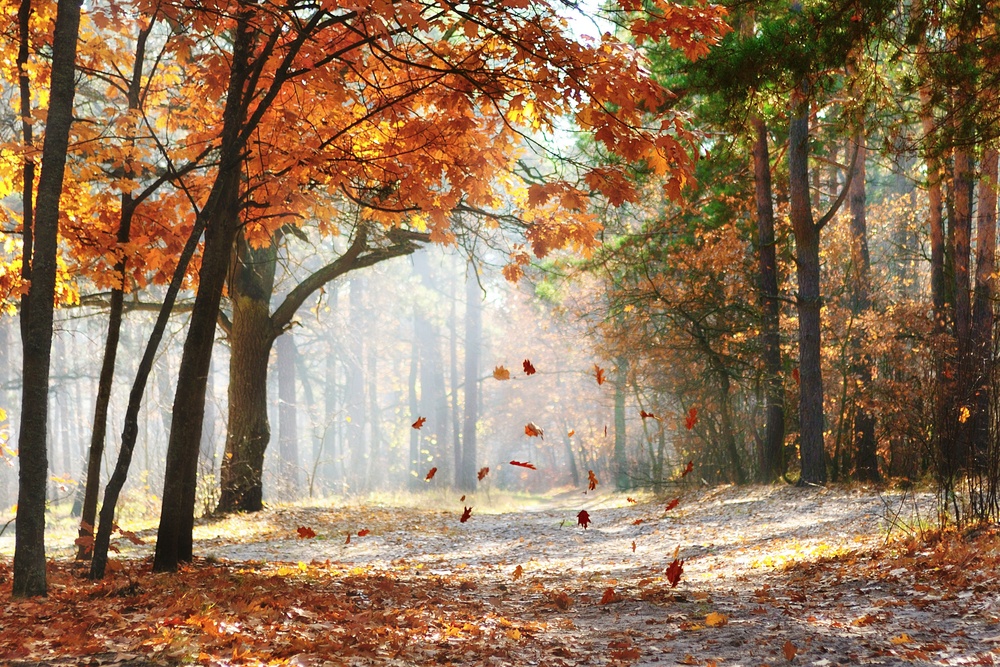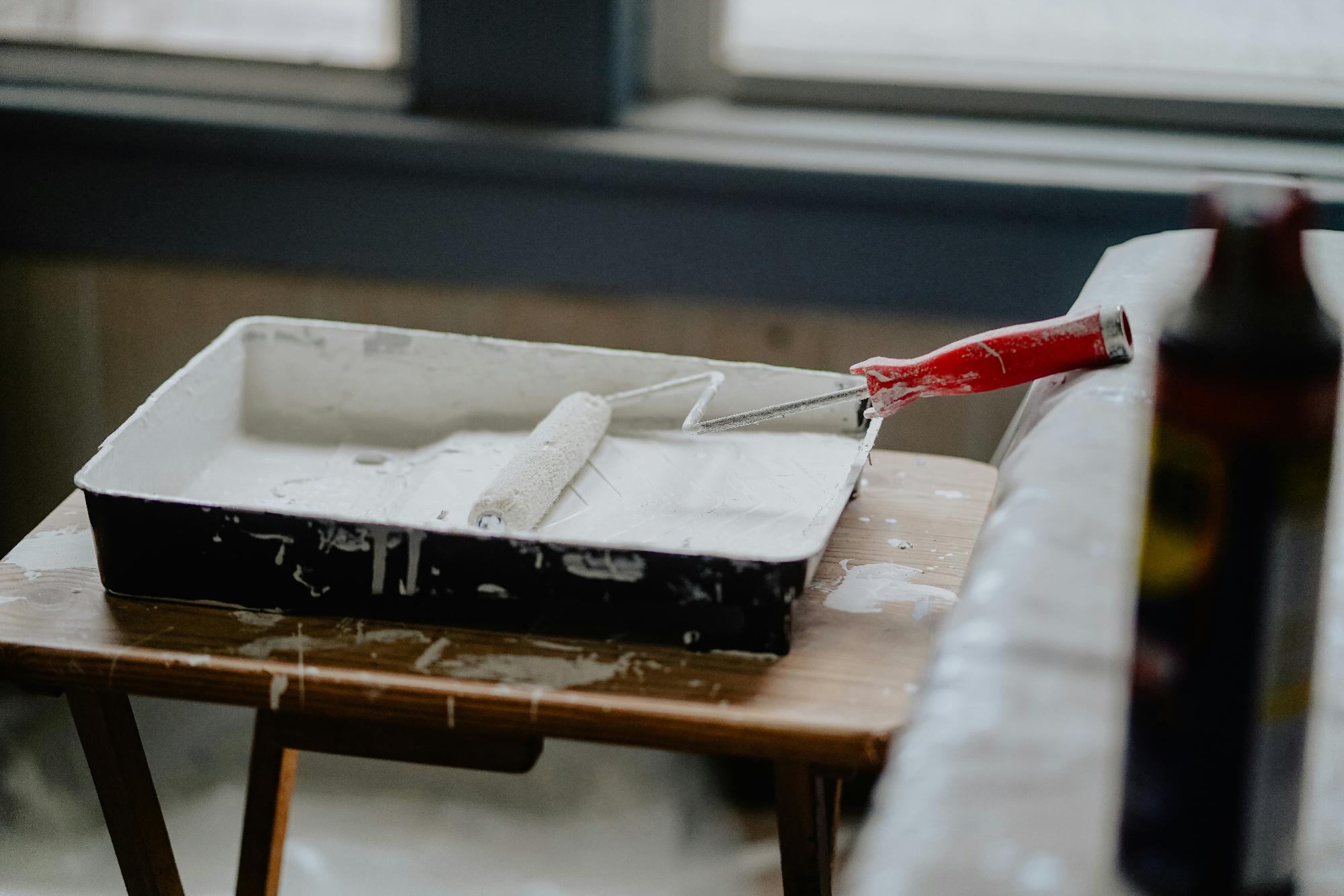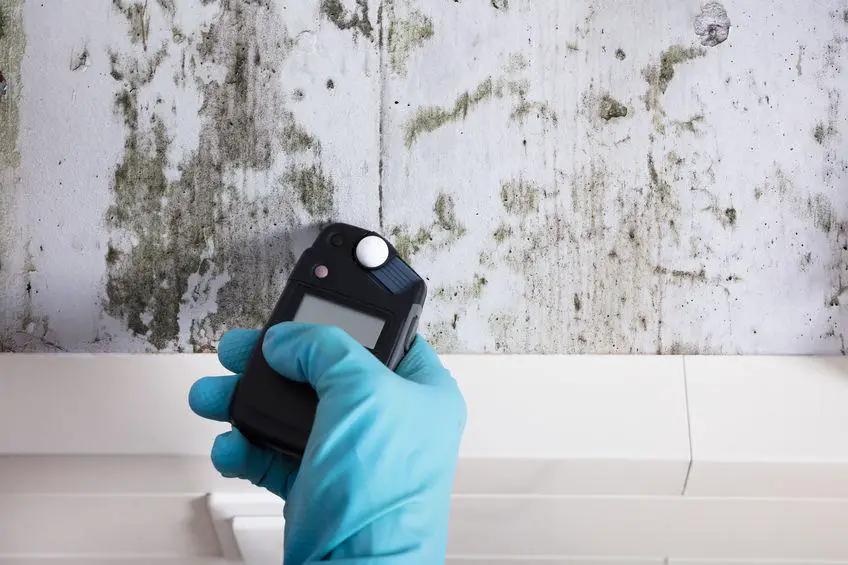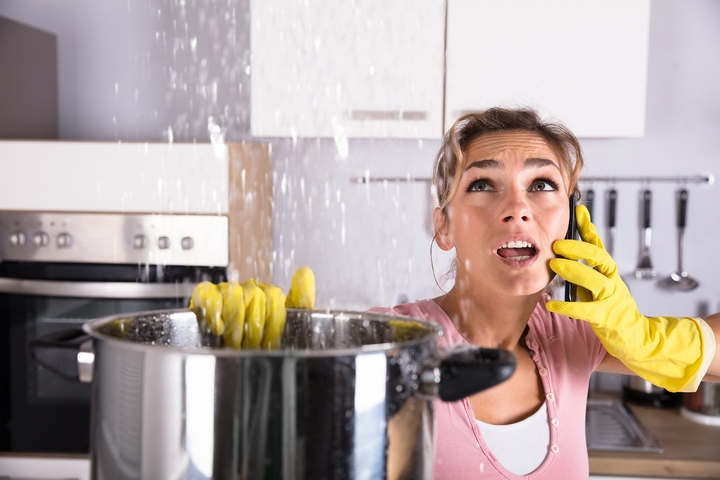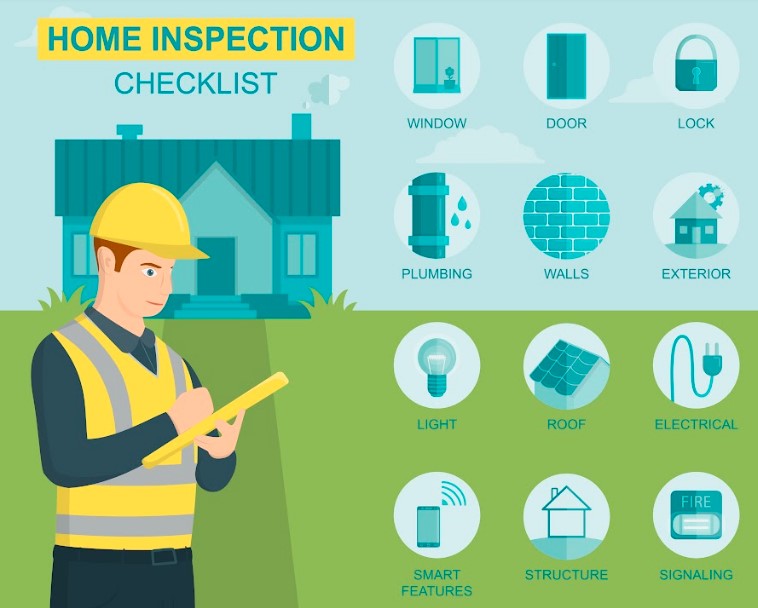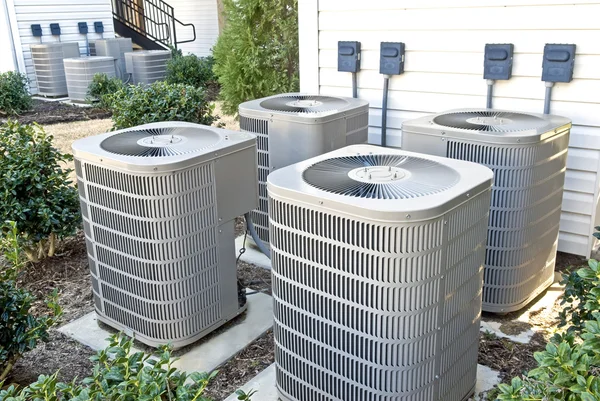For many people, fall is their favorite season, and what’s not to love? Fall is a time of warmth and coziness. You can cook and bake, spend time with family, and enjoy the weather getting a bit cooler. Plus, there are all the great fall activities from pumpkin patches to hayrides.
You may want to prepare your home for fall and cooler and eventually colder weather too, and the following are some tips to do that.
Get Your Chimney Maintained
Your fireplace has likely been out of commission all summer, and the fall is a good time to get it maintained and cleaned so that you can safely use it during fall and winter.
Chimneys become clogged with something called creosote, which comes from burning wood. Over time, it builds up and leaves a combustible glaze on the inside of your chimney.
If you have poor airflow, it can also cause carbon monoxide to build up in your home, which at high levels can be deadly.
When your chimney isn’t cleaned regularly, soot can accumulate around the flue. That prevents it from drawing smoke up the chimney, and that smoke can enter the room.
Once your chimney is clean and ready to go, consider stocking up on firewood.
Replace Your Bedding
During the warmer months, you probably want breathable, lightweight bedding.
When it gets a bit colder outside, consider replacing your bedding. Swap out summer materials for cozier bedding materials like flannel.
Layer your blankets on your bedding so you can take them off or add them as you want.
Check Your Furnace
Take a look at your furnace as fall approaches, and look for pilot light health, soot, or ignition problems. You should also try to clean up any dust or dirt that’s accumulated, and if you have concerns, schedule a professional to come and look.
You should also switch your filters, so you have clean air when you’re spending more time at home.
When you’re checking your furnace, take a look at your water heater.
Water heaters can develop scale and sediment buildup that can reduce their efficiency.
Get Outdoor Furniture Ready
Go ahead and give all of your outdoor furniture a good wash and then bring fabric furnishings or accessories indoor for the fall. If you leave items like cushions out, they may get moldy.
If you get a lot of freezing temperatures, you might bring your furniture indoors for the winter.
Change Batteries On Your Detectors
You should have working smoke detectors and carbon monoxide detectors throughout your home. While it’s important they’re in good working order all the time, this is especially true in fall and winter when your house is sealed, and you have heaters on.
Check to make sure the batteries are working, and if necessary, replace your carbon monoxide detector.
Clean Out Your Planters
Your planters probably have a lot of debris, dirt, and leaves in them from the spring and summer months. If you leave them in during the winter, they can harden and become much harder to get rid of.
Clean them at the start of fall and then they’re fresh for your cold-weather flowers and plants.
Rearrange Your Garage
In the summer months, you want to arrange your garage so that the items you use the most during that season are most accessible, like your mower and gardening tools. In the fall and winter, you might need other equipment to be easier to get to, such as your rakes or your Christmas decorations.
Organize your garage to make it easier on yourself, and get rid of those items you no longer need.
Flip Your Rugs
Your rugs will get unevenly faded based on where they are in the sunlight, so each season, move them around so that you can even out the fading a bit.
Wash Windows and Coverings
The start of each new season is a good time to wash your windows as well as their coverings, including blinds or curtains. Windows attract a lot of dirt and dust, and it can make allergies worse if that’s a problem for anyone in your home.
Wash not only the inside of windows but also the outside.
Seal Air Leaks
Buy some caulk and go around the exterior of your entire house. Seal any cracks you see between the siding and the trim, around your window and door frames, and where wires and pipes go into your house.
Finally, prune your plants and trees so that summer growth doesn’t lead to damage to your home if there are a lot of moisture or high winds during the fall and winter.
